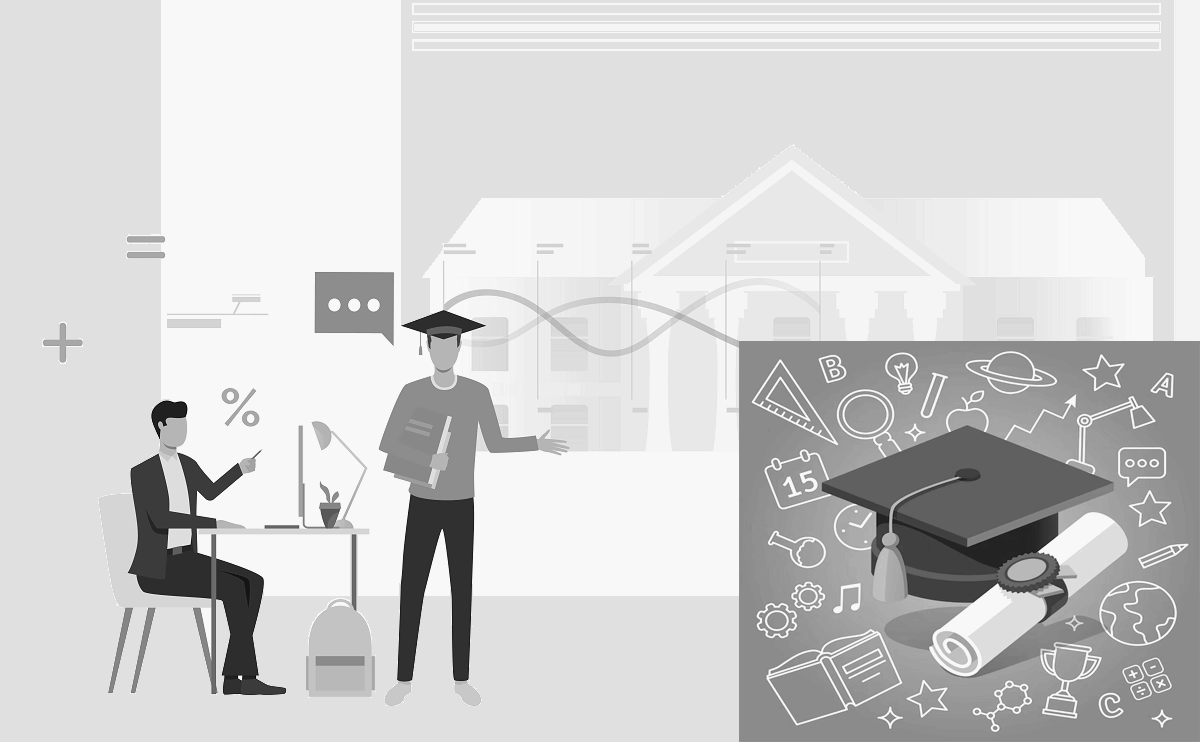
College education is a crucial aspect of personal and professional growth for many people. However, the current state of the college education system is facing numerous problems and challenges. This article will explore the major issues faced by the college education system and its impact on students. It will also discuss possible solutions and reforms to improve the quality and accessibility of higher education.
Overview of the College Education System
Higher education has traditionally been seen as a pathway to greater opportunities and success. However, in recent years, the college education system has faced increasing problems and challenges. Some of these include student debt, lack of accessibility, and quality concerns.
Issues Faced by Students and the System
Student Debt
One of the biggest problems faced by the college education system is student debt. The average student loan debt for college graduates in the U.S. is over $30,000 (source). This high level of debt can have long-lasting and negative effects on graduates, including limiting their ability to buy homes, start businesses, or save for retirement.
Lack of Accessibility
Another major problem faced by the college education system is lack of accessibility. Not everyone has the opportunity to attend college, either because of financial constraints or other barriers. This can lead to unequal educational opportunities and limit the potential for individual and societal growth.
Quality Concerns
In addition to student debt and lack of accessibility, the college education system is also facing quality concerns. A recent study found that only 56% of college graduates in the U.S. are employed in jobs that require a college degree (source). This raises questions about the quality of higher education and its effectiveness in preparing students for the workforce.
Statistics and Research Studies
The problems faced by the college education system have real and tangible impacts on students and society. In a survey of college students, 87% said that the high cost of tuition was their biggest concern (source). This highlights the need for solutions and reforms to improve the affordability and accessibility of higher education.
Possible Solutions and Reforms
Free Tuition and Income-Sharing Agreements
Several colleges and universities have implemented innovative solutions to improve accessibility and affordability. One such solution is offering free tuition or income-sharing agreements. This can help to reduce the burden of student debt and make higher education more accessible to a wider range of people.
Quality Assurance Measures
Another solution to the quality concerns faced by the college education system is the implementation of quality assurance measures. This could involve improving curricula, strengthening partnerships with employers, and increasing the number of opportunities for experiential learning.
Public-Private Partnerships
Public-private partnerships can also help to improve the college education system by bringing together the resources and expertise of government, businesses, and educational institutions. This could help to increase accessibility, improve quality, and reduce the cost of higher education for students.
Conclusion
The college education system is facing numerous problems and challenges that are affecting students and limiting their opportunities for personal and professional growth. However, by implementing innovative solutions and reforms, it is possible to improve the quality and accessibility of higher education. Whether through free tuition and income-sharing agreements, quality assurance measures, or public-private partnerships, there are many ways to create a brighter future for the college education system.
College Education

